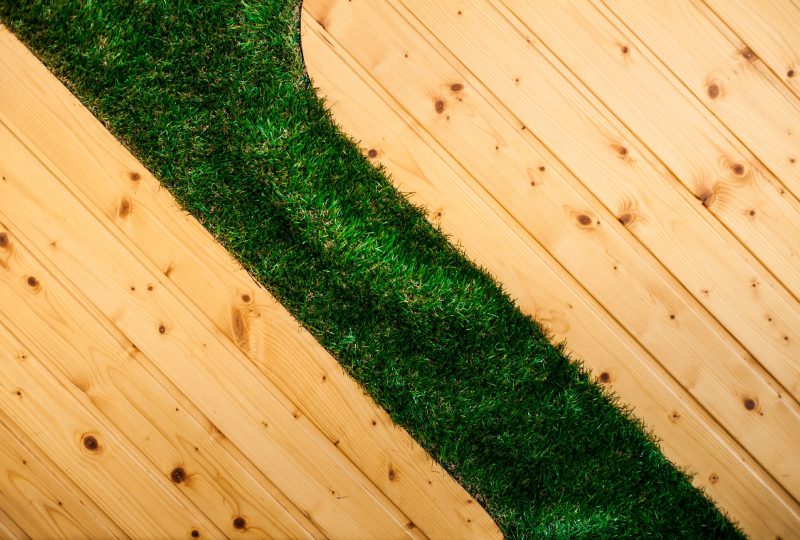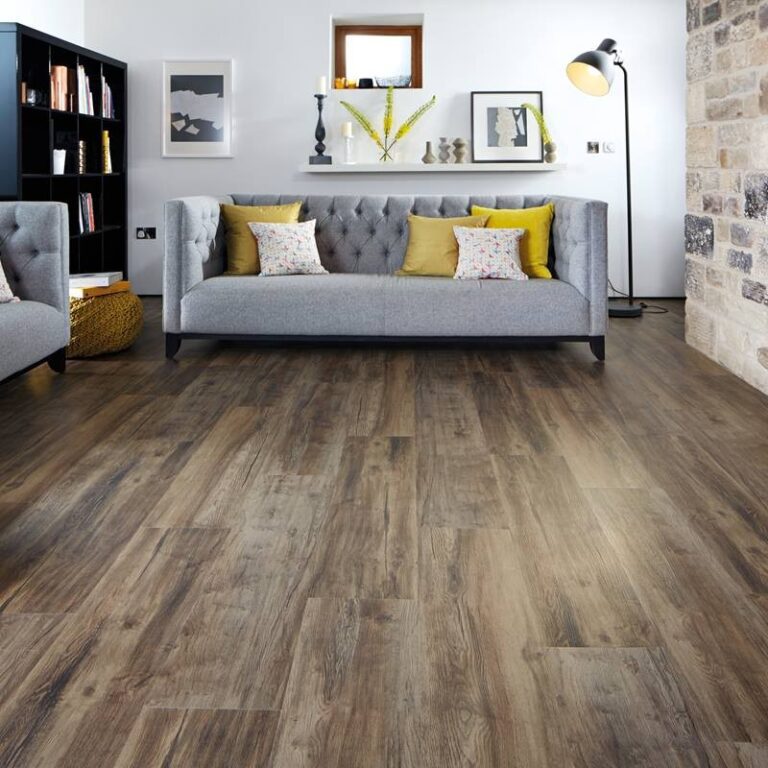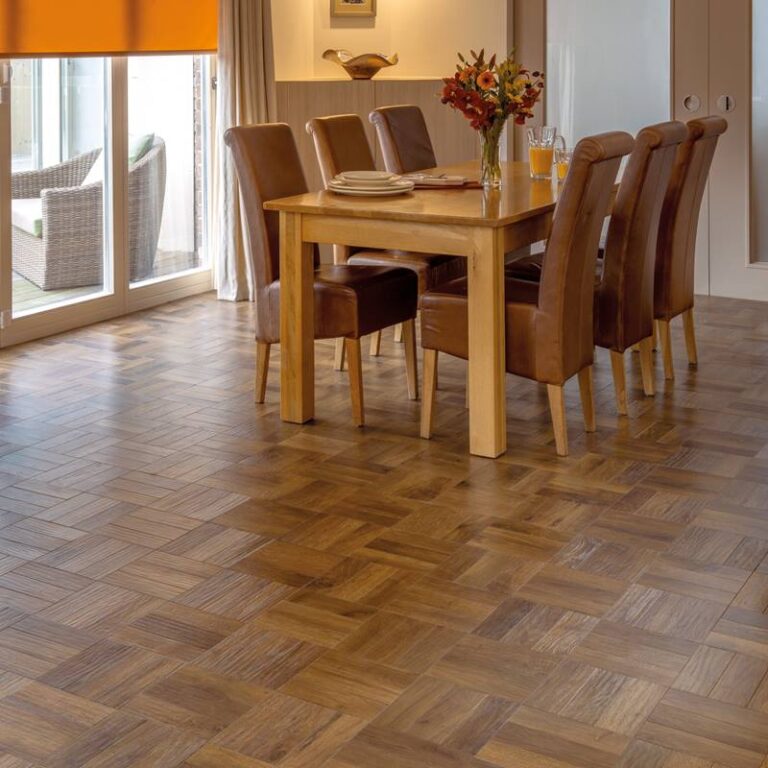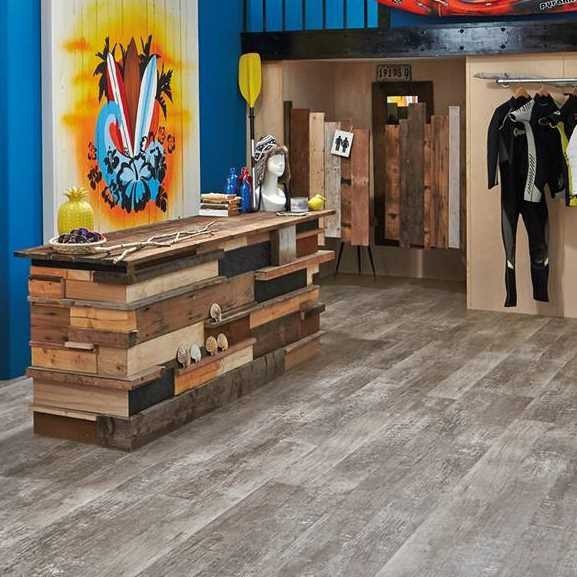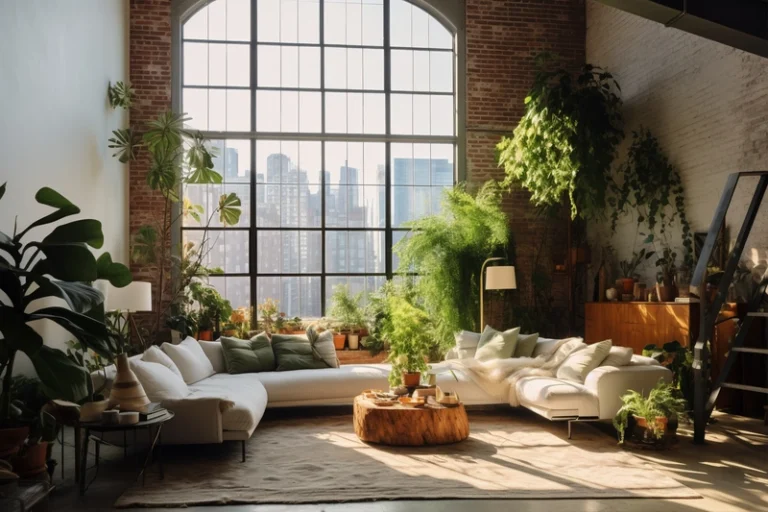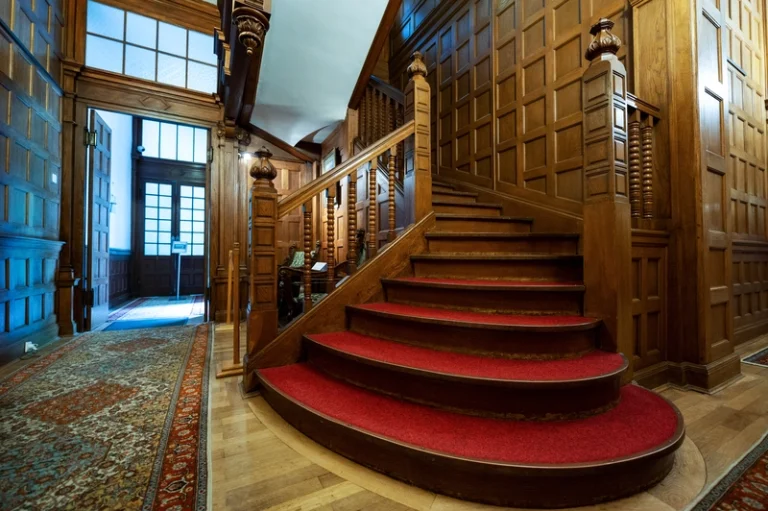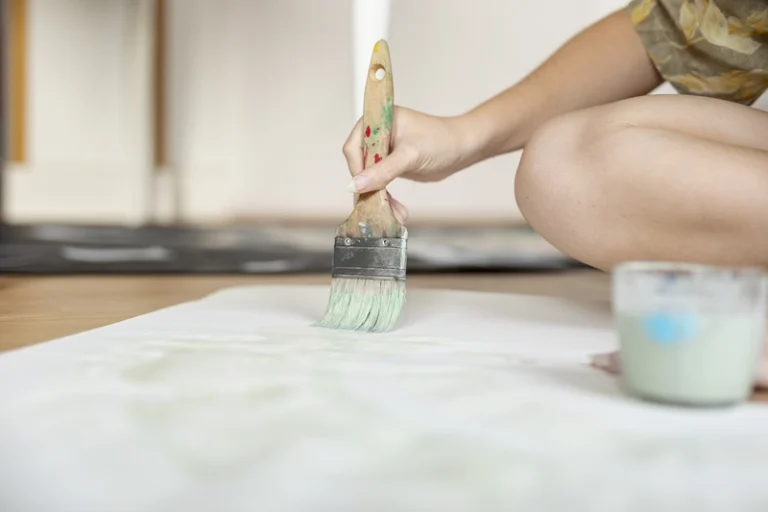Artificial grass has become a popular alternative to natural grass for many homeowners and businesses. From low maintenance to cost-effectiveness, there are numerous benefits to choosing artificial grass for your outdoor space.
In this article, we will explore what artificial grass is, how to lay artificial grass, its benefits, how to choose the right type for your needs, and the factors influencing artificial grass installation cost. Whether you are considering artificial grass for your lawn, garden, or commercial property, this article will provide you with all the information you need to make an informed decision.
Key Takeaways:
Artificial grass is a low-maintenance, water-saving, and durable option for landscaping. The cost of artificial grass installation depends on factors like size, material, and additional expenses. When choosing artificial grass, consider factors like quality, blade shape and density, colour and texture, and infill material.
What is Artificial Grass?
Artificial grass, also known as synthetic turf, refers to a surface material made from synthetic fibres designed to resemble natural grass.
It is made up of materials like polyethylene, polypropylene, or nylon, and is designed to imitate the appearance and texture of natural grass. Artificial grass comes in different shades of green, and some versions even have brown thatch fibres for a more realistic look.
This versatile alternative can be used for landscaping, sports fields, playgrounds, and indoor decoration. It offers a low-maintenance and long-lasting option that still looks great.
How to Install Artificial Turf
The installation process for artificial grass involves several consecutive steps to ensure a durable and visually appealing outcome.
First, the area where the grass will be installed needs to be properly prepared. This includes removing any existing grass or debris, leveling the ground, and adding a layer of compacted gravel for drainage.
Next, the artificial grass is rolled out and cut to fit the area. The edges are secured with stakes or adhesive, and any seams are carefully joined together.
Once the grass is in place, infill material is spread evenly over the surface. This helps to support the blades of grass and give the artificial turf a more natural appearance.
Finally, the grass is brushed or raked to fluff up the blades and distribute the infill material evenly. This step also helps to create a more realistic look and feel for the artificial grass.
By following these steps and using high-quality materials, you can ensure a successful and long-lasting installation of artificial grass for your outdoor space.
Step-by-step of Installing Artificial Grass
The installation of artificial grass comprises distinct stages, including ground preparation, base installation, turf laying, and final adjustments to ensure a seamless and professional outcome.
Ground preparation is a critical first step in the process. The surface must be cleared of any debris, and any existing natural grass should be removed. Proper levelling of the ground is essential to avoid unevenness in the final turf.
Once the ground is prepared, the next step involves selecting the appropriate base material. Choosing the right base material is crucial for the longevity and performance of the artificial turf. Options such as crushed stone, decomposed granite, or compacted sand can be considered based on factors like drainage, stability, and support.
After the base installation, the turf-laying process requires precision and care. The seams and edges must be carefully aligned and secured to ensure a smooth and polished look. Post-installation grooming, which involves brushing the turf and adding infill material, completes the process, leaving you with a beautiful, low-maintenance lawn.
Check the complete guide here : How To Lay Artificial Grass
Benefits of Artificial Grass
Artificial turf offers a myriad of benefits, including minimal maintenance needs, water preservation, outstanding resilience, and pet-friendly attributes.
a. Low Maintenance
One of the key benefits of artificial grass is its low-maintenance nature, requiring minimal upkeep compared to natural grass.
This includes no mowing, fertilizing, or watering, making it a convenient and cost-effective option for homeowners.
With artificial grass, individuals can say goodbye to the constant hassle of mowing, especially during the warm seasons when natural grass grows rapidly.
The need for fertilization is eliminated, saving both time and money. The absence of watering not only contributes to water conservation but also relieves individuals from the tiring task of regularly watering the lawn.
This makes artificial grass an eco-friendly and convenient choice for modern households.
b. Saves Water
Artificial grass contributes to water conservation by eliminating the need for regular watering. This makes it an environmentally friendly landscaping solution.
Replacing natural grass with artificial grass offers numerous benefits. These include significant reductions in water consumption and utility costs for homeowners and businesses. This change not only benefits the environment but also provides a practical solution for regions facing water scarcity or drought conditions.
The reduced reliance on water for lawn maintenance helps alleviate the strain on local water supplies. This promotes sustainable and responsible usage of this vital resource.
c. Durable And Long-lasting
Artificial grass exhibits exceptional durability and a long life expectancy, with minimal wear and tear even under heavy foot traffic, ensuring a lasting and visually appealing outdoor surface.
Its robust construction allows it to withstand the rigours of frequent use without losing its lush appearance, making it an ideal choice for high-traffic areas such as sports fields, playgrounds, and commercial settings.
Additionally, artificial grass requires minimal maintenance to preserve its vibrant green hue and pristine condition, offering a hassle-free solution for property owners seeking long-term aesthetic appeal. Its resilience and longevity contribute to cost savings over time, as it eliminates the need for frequent replacements or extensive upkeep.
The advanced materials used in its production ensure that it remains impervious to environmental factors, maintaining its quality and visual appeal regardless of the climate or seasonal changes.
d. Pet-friendly
Artificial grass is well-suited for pet owners, offering a pet-friendly surface that is easy to clean, resistant to pet waste, and provides a comfortable outdoor space for pets to enjoy.
With artificial grass, pet owners can have peace of mind knowing that their outdoor space is both durable and low maintenance. Unlike natural grass, artificial turf does not require watering, mowing, or harmful pesticides, making it an environmentally friendly and convenient option for those with pets.
The resistance to pet waste is a key benefit of artificial grass, as it is designed to drain efficiently and prevent odours, ensuring a clean and hygienic environment for both pets and their owners. The soft and cushioned surface of artificial grass provides a comfortable area for pets to play, nap, and relieve themselves, making it an ideal choice for accommodating their needs.
How Much Does Artificial Grass Cost?
Many people might be wondering, is artificial grass expensive? Artificial grass installation cost can vary depending on a few key factors. These include the size of the area to be covered, any additional requirements, and specific preferences that may impact the overall cost.
It’s important to consider these factors when planning for artificial grass installation, as they can greatly influence the final expenditure. By carefully evaluating these elements, you can ensure that you get the best value for your investment.
Artificial grass installation can be a significant expense, so it’s crucial to make informed decisions and consider all aspects before proceeding with the project. By understanding the various factors that can affect the cost, you can make the most cost-effective choice for your needs.
a. Factors Affecting The Cost
Several factors impact the overall cost of artificial grass installation, including the size of the area, the quality of the turf, additional materials, and labour expenses.
The size of the area plays a crucial role in determining the cost, as larger spaces require more materials and labour.
- The turf quality significantly influences the price, with premium options often commanding a higher cost but offering greater durability and aesthetics.
- The selection of additional materials such as infill, base materials, and edging can also impact the overall expense.
- Labour charges vary based on the complexity of the installation, the accessibility of the site, and the experience of the installers.
b. Average Cost Per Square Foot
How much is artificial grass per square foot? The average cost of artificial grass installation per square foot typically ranges between £8.99 to £30, including the turf, preparation, and labour expenses.
Regarding artificial grass installation, several factors contribute to the cost.
Artificial grass estimate price itself varies depending on the quality, type, and brand.
The ground preparation, which involves levelling, removing existing grass, and adding a base layer, incurs its own set of expenses.
The labour costs for installation play a significant role in the overall cost.
These combine to give a comprehensive understanding of how much does artificial grass cost to install.
c. Additional Costs
Plus the base installation expenses, factors such as infill material, delivery charges, and customized features can contribute to additional costs during artificial grass installation.
Regarding infill materials, different materials, such as silica sand, rubber, or organic options, come with their price points and specific application requirements.
Delivery fees also need careful consideration since they can vary based on the distance of the project location from the supplier’s warehouse. For specialized features like pet-friendly turf or lawn customization, expect to incur additional expenses to accommodate these tailored requirements.
How to Choose the Right Artificial Grass
Choosing the right artificial grass involves taking into account factors such as quality, blade form, thickness, colour variations, and the type of infill material. This ensures a customized solution that meets specific needs.
a. Quality
When selecting artificial grass, prioritizing high-quality materials with UV resistance, durability, and natural aesthetics is essential to ensure long-term satisfaction with the chosen turf.
Quality should be at the forefront of any decision regarding artificial grass, as it directly impacts its longevity and performance.
Opting for a turf that boasts strong UV resistance ensures that it will maintain its vibrant color and structural integrity over time, even under the harsh sun. Durability is crucial in withstanding heavy foot traffic, pet activities, and varied weather conditions.
The visual authenticity of the artificial grass, resembling natural, healthy green grass, enhances the overall appeal of the outdoor space, providing a seamless transition between the artificial and natural elements.
b. Blade Shape And Density
The blade shape and density of artificial grass significantly impact its appearance, texture, and overall resilience, making it imperative to consider these factors when making a selection.
Blade shape plays a crucial role in determining the visual appeal of the turf. For instance, flat and wide blades create a lush and manicured look, resembling natural grass, while narrow and twisted blades can provide a more textured and varied appearance.
Density affects the durability and feel of the artificial grass. Higher density means more blades per square inch, leading to a fuller and softer feel underfoot, resembling natural lawns.
The interplay between blade shape and density influences the performance of the artificial grass. Blades with a more upright posture and higher density contribute to better resilience, withstand foot traffic, and recover more efficiently, maintaining a pristine aesthetic over time.
c. Colour and Texture
There are many typical artificial grasses available. Artificial grass offers a wide range of vibrant colours, from lush greens to variegated tones, that can replicate the appearance of natural lawns or add a modern touch. The textures can also vary, ranging from soft and cushioned to longer, more rugged fibres, providing a tactile experience that complements the desired usage and aesthetic.
This diversity in colour and texture options allows for personal style preferences and makes it effortless to create a specific atmosphere, whether it’s a cosy backyard retreat or a stylish outdoor entertaining space.
d. Infill Material
The selection of infill material for artificial grass impacts factors such as drainage, cushioning, and heat retention, necessitating consideration of these aspects when finalizing the turf installation.
Infills, such as natural materials like cork, and synthetic options like rubber, play a crucial role in ensuring efficient drainage by preventing water build-up and promoting a dry and clean surface. The choice of infill greatly influences the cushioning and comfort level of the artificial turf, affecting its suitability for various activities and reducing the risk of injuries.
The thermal properties of the infill material significantly impact the surface temperature of the artificial grass, especially in high-temperature environments. Proper selection can help in maintaining a comfortable playing or recreational surface, enhancing the overall user experience.
Types of Artificial Grass
Artificial turf encompasses various types, including nylon-based, polypropylene-based, polyethylene-based, and combinations of these materials. Each type offers distinct characteristics and is suitable for different applications.
When considering artificial turf, it’s important to note the differences between these materials and their specific uses. Nylon-based turf, for example, is known for its durability and resilience, making it ideal for high-traffic areas such as sports fields. On the other hand, polypropylene-based turf is more affordable and suitable for residential landscaping projects.
Another popular option is polyethylene-based turf, which offers a natural look and feels, making it a great choice for residential and commercial landscaping. “The grass is always greener on the other side,” and with artificial turf, this statement holds as it requires minimal maintenance and stays lush and green all year round.
a. Nylon
Nylon-based artificial grass is renowned for its exceptional strength, resilience, and suitability for high-traffic areas, making it a preferred choice for sports fields and commercial settings.
The unique durability of nylon-based artificial grass allows it to withstand the rigours of intense use, making it perfect for soccer fields, playgrounds, and busy outdoor areas.
Its ability to maintain its lush green appearance despite heavy foot traffic and frequent use sets it apart from other types of artificial grass. This superior strength and resilience make it a reliable and long-lasting solution for areas that experience constant wear and tear.
b. Polypropylene
Polypropylene-based artificial grass is valued for its affordability, vibrant colour options, and versatility. This makes it a popular choice for residential landscaping and decorative purposes.
Polypropylene-based artificial grass offers a cost-effective solution for maintaining outdoor spaces. It allows for achieving the lush look of natural grass without the high maintenance costs. This type of artificial grass comes in a variety of colours, allowing for customization to complement any surroundings. Its versatility extends beyond residential landscaping, making it suitable for commercial spaces, playgrounds, and sports facilities.
c. Polyethylene
Polyethylene-based artificial grass offers a natural look, soft texture, and UV resistance, making it an ideal option for residential lawns, playgrounds, and recreational areas that require a lifelike appearance.
Artificial grass is not only visually appealing, but it also effortlessly blends in with its natural surroundings. This makes it a popular choice for creating inviting outdoor spaces. Additionally, its polyethylene-based material offers a comfortable and safe surface for children to play on. Its durability and low maintenance requirements also make it a cost-effective option for high-traffic areas like sports fields and commercial landscapes.
d. Combination Of Materials
Artificial grass compositions that blend multiple materials offer a balanced approach, combining the strengths of different fibres to achieve enhanced durability, visual appeal, and versatility for various landscaping projects.
This combination results in artificial grass that is resilient against wear and tear, making it ideal for high-traffic areas such as sports fields, playgrounds, and commercial spaces.
The innovative mix of materials creates a natural look and feel, making it difficult to distinguish from real grass. It also provides excellent drainage and UV resistance, enabling year-round use in various climatic conditions.
That’s a complete explanation of artificial grass installation cost, including some additional costs that may be required.
If you are interested in bringing artificial grass at home, you can directly contact TEKA Flooring to get the best quality artificial grass.
Don’t worry, there are many types of artificial grass from TEKA Flooring that you can choose according to your preferences or needs. Learn more on our blog and don’t hesitate to contact our expert team.
Read also:







